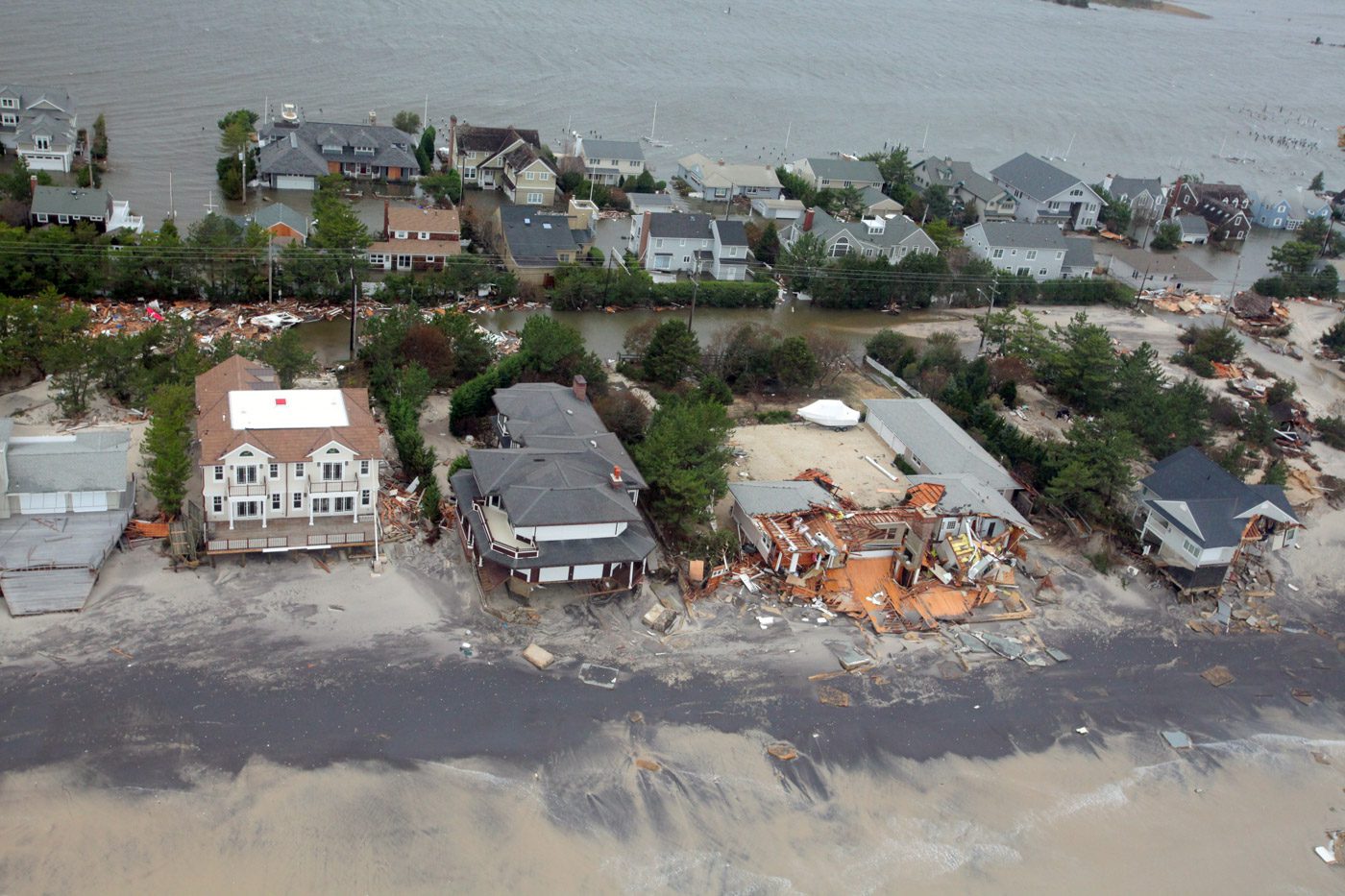By Amy Spooner
Resilience is a buzzword for many, from financial planners to athletes to parents with young children. Kevin Bush, M.U.P. ’10, thinks about resilience, too — in the context of cities.
Bush recently became chief of resilience and emergency preparedness for the District of Columbia’s Homeland Security and Emergency Management Agency. Previously, he spent more than two years as D.C.’s inaugural chief resilience officer. Bush plans for things that no one wants to imagine — the next 9/11, the next super storm, cyberattacks — and most discussions of resilience involve climate change. But Bush also is thinking about chronic stressors like population growth, increased housing costs, aging infrastructure, and inequality.
The common thread: preparing residents to thrive in the face of change.
“A secret power of the term ‘resilience’ is that its different definitions present an opportunity to bring ordinarily divergent stakeholders together,” Bush says.
In 2016, Washington, D.C., was selected as one of 100 Resilient Cities, a worldwide initiative led by the Rockefeller Foundation to help cities address 21st-century challenges. Stepping into the new chief resilience officer position to spearhead the district’s implementation of the grant was a logical next step for Bush, who had been thinking about resilience for years.
He says his foray into the seminal issue of our time “was a classic case of being in the right place at the right time.”
Suburban sprawl, not climate change, was on Bush’s mind when he came to Taubman College. He studied climate adaptation when he worked with Professor Larissa Larsen on a project for the U.S. Green Building Council. But it wasn’t until a few years down the road that climate adaptation began to anchor Bush’s career.

Kevin Bush, M.U.P. ’10, is thinking about cyber risk, population growth, affordable housing, and, yes, climate change in the District of Columbia.
In 2011, Bush was working for the U.S. Department of Housing and Urban Development on President Obama’s Strong Cities, Strong Communities initiative in Rustbelt cities when he was tapped to serve as a Presidential Management Fellow, working with the White House’s Council on Environmental Quality as part of its climate adaptation team. He says his previous work with Larsen put him on the council’s radar.
A year into the fellowship, Hurricane Sandy pummeled New York City, and suddenly “our tiny team, which had been working on the federal government’s first climate adaptation plans, was writing memos for the president’s chief of staff and drafting executive orders,” Bush says. “The president identified climate change as one of the top priorities for his second term, and suddenly our work was front and center.”
Ultimately, Bush left the White House to join the Hurricane Sandy Rebuilding Task Force. In the thick of the fray he didn’t have time for career introspection, but he realized later that it was when his career plan gelled.
“After a disaster, a lot of money flows into communities, and the old model was to rebuild everything exactly the way it was,” Bush says. “The new model sees disasters as opportunities to rebuild in more resilient ways. Hurricane Sandy showed me that you can work in disaster management and at the same time stand for sustainable development and smarter cities.”
Through the task force, Bush co-created Rebuild by Design (RBD), a competition that CNN called a top idea of 2013. Funded projects included the $335 million BIG U proposal to protect Lower Manhattan from floodwater, storms, and other impacts of a changing climate by building a protective system around the island’s tip. “RBD was revolutionary because it solicited great ideas to address disaster resilience in a way that delivered longstanding community benefit,” Bush says. “A strictly engineering approach to Lower Manhattan’s problem would be to build a seawall. But by bringing diverse minds together, BIG U designed a series of interventions that deliver the protection while making the community better.”
RBD became a model for efforts nationwide, including the National Disaster Resilience Competition, which Bush launched when he returned to the Department of Housing and Urban Development (HUD). Between 2014 and 2016, the competition awarded almost $1 billion in funding for disaster recovery and long-term community resilience to states and cities with recently declared major disasters. Bush also worked to expand an existing Department of Energy program, the Better Buildings Challenge, a voluntary partnership for building owners to reduce greenhouse gases and improve energy efficiency. Under HUD’s purview, Bush expanded the program to the multifamily housing sector, challenging owners to commit to 20 percent energy reduction in a decade.
During his time with the Sandy task force, Bush also was instrumental in establishing the Federal Flood Risk Reduction Standard, born from a drive for more government efficiency and coordination along with an understanding that the climate crisis meant Americans needed to plan for the future. Bush describes passing the standard as “bureaucratic ninja training” that prepared him for his work as D.C.’s chief resilience officer.
Before it had a chief resilience officer, the district had been thinking about problems like climate adaptation and cyberattacks, but in the siloes of more than 60 agencies. Bush began by reviewing every plan and strategy that was district-wide in scope and amalgamating them into one spreadsheet of 960 strategies regarding various aspects of preparedness. He then organized five multisector working groups to ponder big questions about D.C.’s future and develop ideas to present to the other working groups; held public forums; and combined the resulting ideas with the pre-existing agency-level ones.
“We developed a meta-level strategy of strategies based on the shocks and stresses we were experiencing and could forecast that we would experience in the future,” Bush says. “Good ideas were already out there. It was largely a matter of empowering people, helping them make connections, and prioritizing the best ideas.”
Now, Bush continues the work that began through 100 Resilient Cities and says cities’ continued commitment to resiliency planning is heartening. He also notes that credit rating agencies now expect cities to present climate adaptation plans as part of their review process.
“I feel like I was on the ground floor of a movement,” he says. “And I do see that movement growing.”





